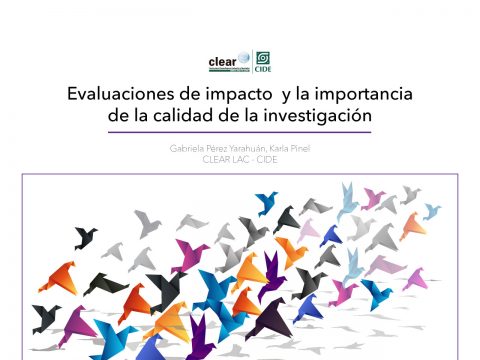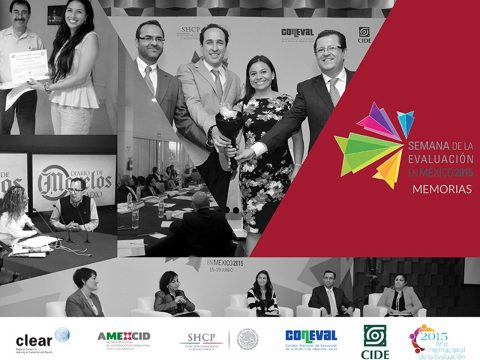This Guide has been elaborated with the intent of integrating these approaches into the UN Women evaluation cycle. It is a practical tool for those who undertake, manage and/or use evaluations. It was prepared by Inclusión y Equidad consultants Alejandra Faúndez and Marisa Weinstein, and it is aimed at professionals who implement or manage programmes and projects, especially those in which human rights, gender equality and interculturality are mainstreamed.
It is advisable for all interventions intended to improve the living conditions of a population to include an integrated approach (human rights/gender equality/interculturality). Generally, the tendency to elude the incorporation of this approach is either related to the idea that it would imply an additional workload for teams, or to not knowing how to apply it and what aspects should be observed when doing so. Otherwise, when an integrated approach is not used, the programmes/projects can result, at the very least, in the following situations:
- A high degree of subjectivity and error with respect to the meaning attributed to the observable differences among the people affected by the project, whether at the moment of diagnosis, during the project’s implementation or in the evaluation process.
- Its effects may be attributed to expressions characteristic of the differences between the sexes, or the cultural traits of the populations, instead of to the structural causes that threaten the exercise of human rights in a broader sense.
- Situations of social conflictiveness may increase when differentiated actors, their interests and their capacity to participate are not recognized.
- Introduction
- Stage I - Preparation of the evaluation
- Identiyng of the stakeholders
- Verifying the evaluability of the programme/proyect
- Defining the evaluation design
- Identiyng of the stakeholders
- Stage II - Conduct of the evaluation
- Evaluation criteria and questions
- Data collection techniques
- Analysis of the information
- Evaluation reports
- Evaluation criteria and questions
- Stage III - Use of the evaluation
- Use of the results
- Management Response
- Dissemination
- Use of the results
- References









